Wet vs Dry Macro Lenses
Sep 18Macro photography, the documentation of little creatures via photographic medium, is one of the most popular realms of underwater photography. It tends to be a little more straight forward than wide angle photography, and yields more opportunity for creativity. As is the rule of thumb with photography – there is more than one way to achieve a macro photograph. Underwater, there are two basic types of instruments that allow you to capture tiny details on tiny animals.
- Wet Macro Lenses – Wet macro lenses, or diopters, are essentially magnifying glasses that you can screw on to the front of your housing. Because they go on top of the housing, they are completely exposed to the surrounding ocean. There are no moving parts in these lenses, and your camera must have on an additional lens that is compatible with the diopter. They can often be cheaper than using a dedicated, dry macro lens.
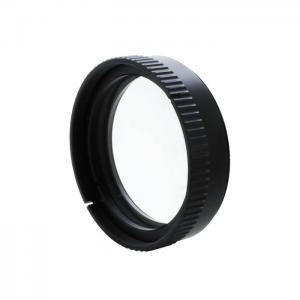
A Bluewater +7 Macro Wet Lens
- Dry Macro Lenses – Dry macro lenses are dedicated macro lenses that attach directly to your camera. They go inside the underwater housing and operate as any normal lens would. They can be manually focused, most autofocus, and they all contain an aperture that can widen or narrow. Dry lenses are not exposed to the surrounding ocean. They are generally more expensive than using a wet diopter with a kit lens.
How do Wet Lenses Affect Underwater Photography?
Macro wet lenses affect underwater photography in a very particular way. Some think that this makes them more difficult to use, others use their properties to their advantage. Unlike most dry macro lenses, you cannot focus to infinity with a wet macro lens. They also reduce your working distance, so you will need to get a lot closer to your subject to get a macro photo. While this makes it harder to take photos, as many underwater creatures spook easily, it does teach you to be a good photographer. The reduced working distance is also great for super macro work. Wet lenses also reduce the depth of field in your image. Some photographers like this, and others don’t. A reduced depth of field can help you get nice, artistic bokeh.
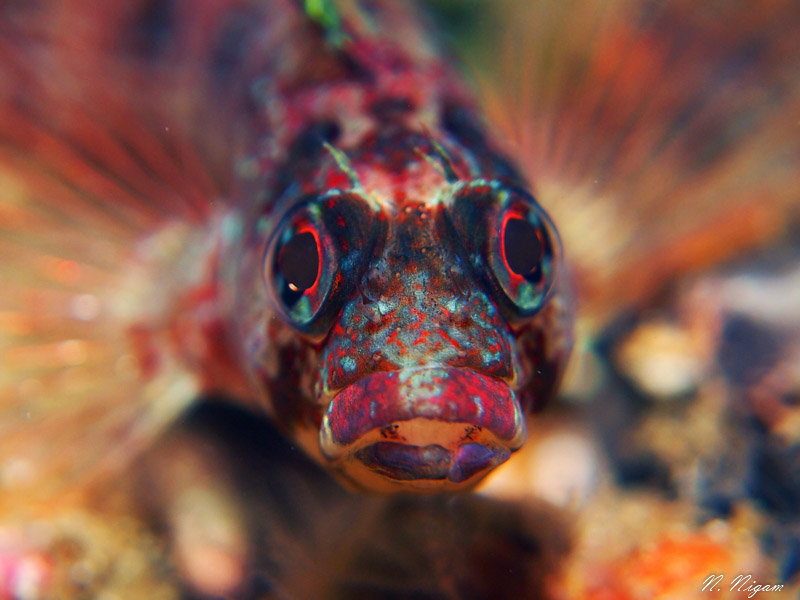
Island Kelpfish photographed with a Bluewater +7 Wet Lens
How do Dry Lenses Affect Underwater Photography?
Dry macro lenses are in many ways the inverse of wet macro lenses. You can focus a dry macro lens to infinity, which means you can often capture nice fish portraits at a mid range. This makes them more versatile than a wet macro lens. Dry macro lenses also have a larger working distance which means you don’t have to get quite as close to capture a macro photos. This lets you work with critters that easily spook, like the Island Kelpfish of Southern California above and below. The longer the focal length of the lens, the more working distance you have. However, longer working distances result in slower autofocus and any movements have a larger affect on the image composition. That being said, dry lenses will still focus quicker than using a macro wet lens. Dry macro lenses can often reach fairly small apertures, which make them ideal for black background photography.
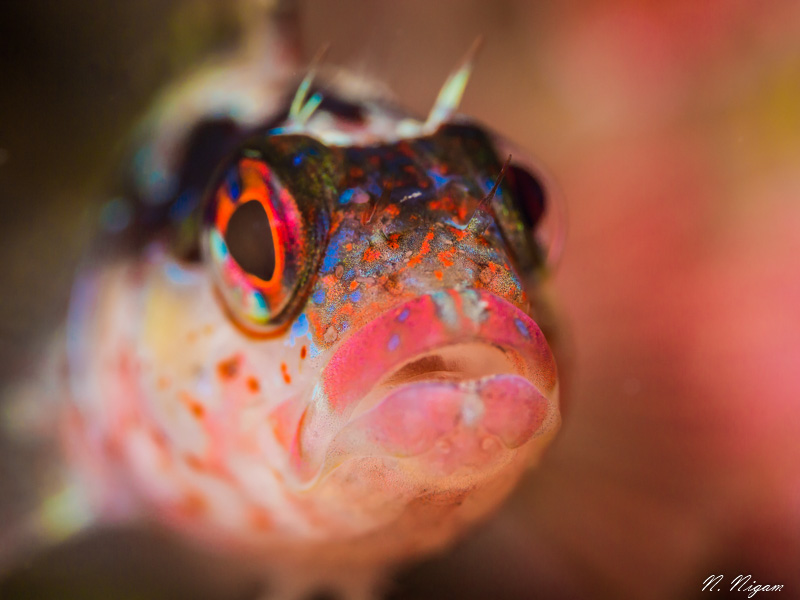
Island Kelpfish Photographed with an Olympus 60mm dry macro lens
Stacking Dry Macro and Wet Macro Lenses
It’s definitely possible to have the best of both worlds and stack lenses! This is a great option for anyone who’s interested in taking super macro photos of very small critters. This can be a very difficult endeavor at first, but it’s very rewarding. Generally, when you stack a wet lens on top of a dry lens, the autofocus will slow down, but you gain more magnification.
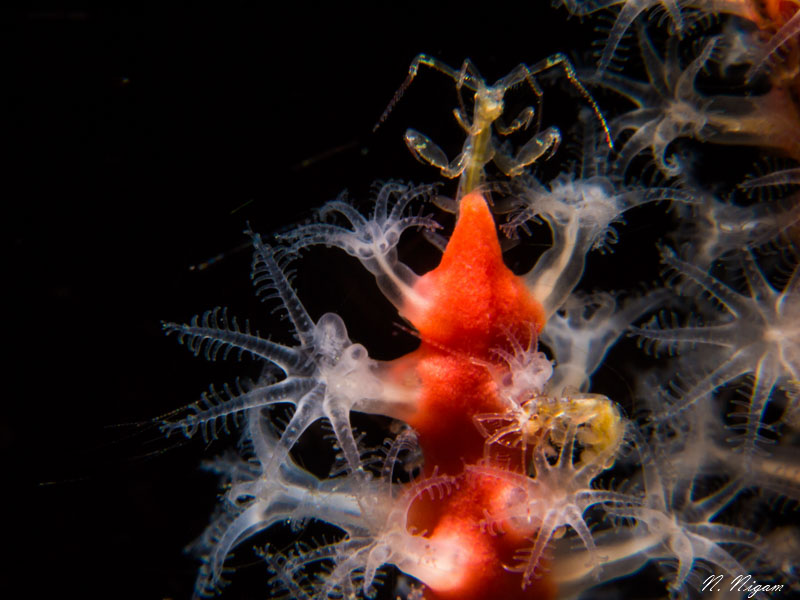
A supermacro photo of soft coral polyps and skeleton shrimp photographed using an Olympus 60mm macro lens with a stacked Bluewater +7 diopter




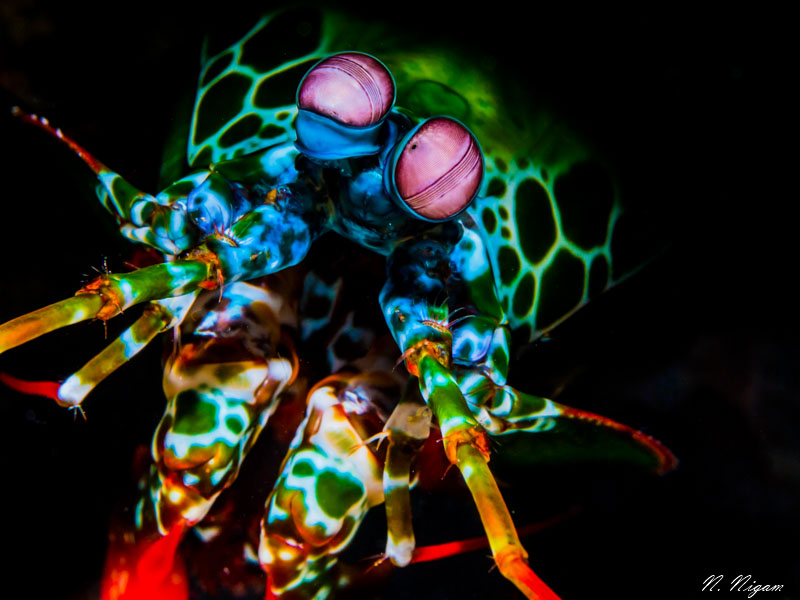
Related Articles
Popular Articles